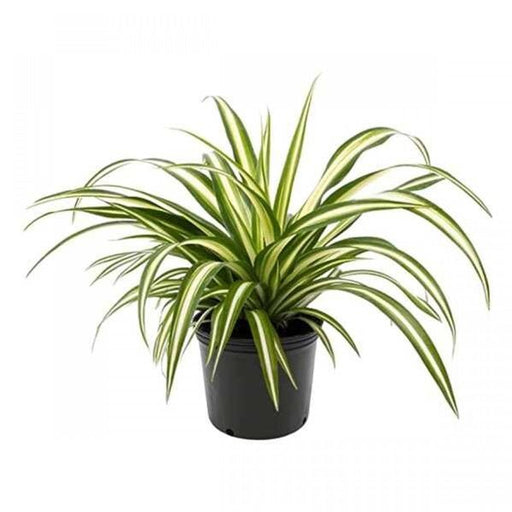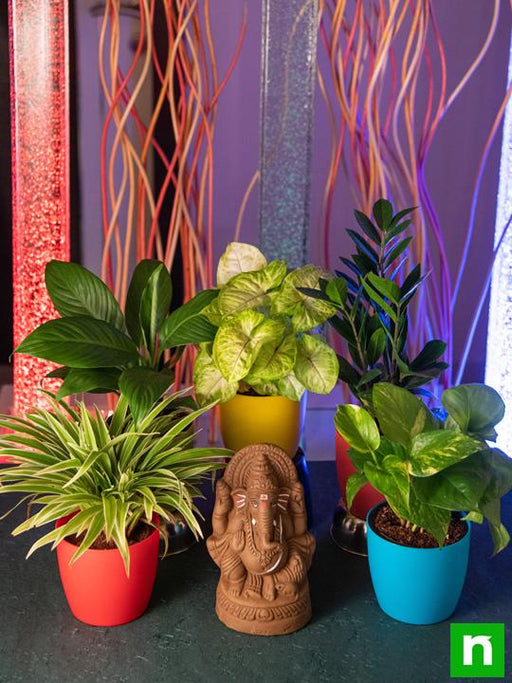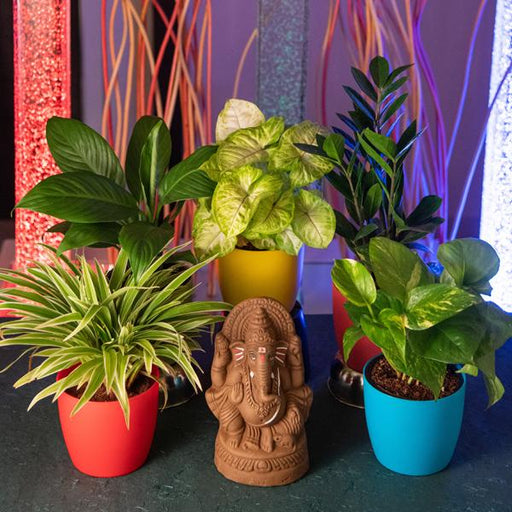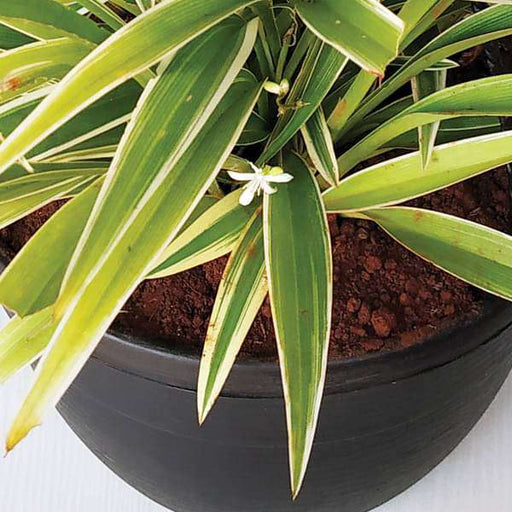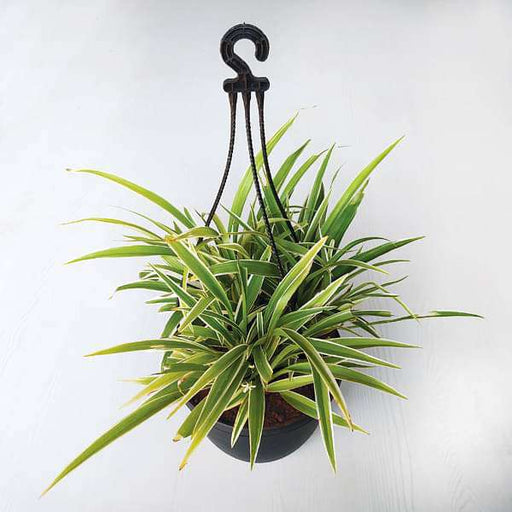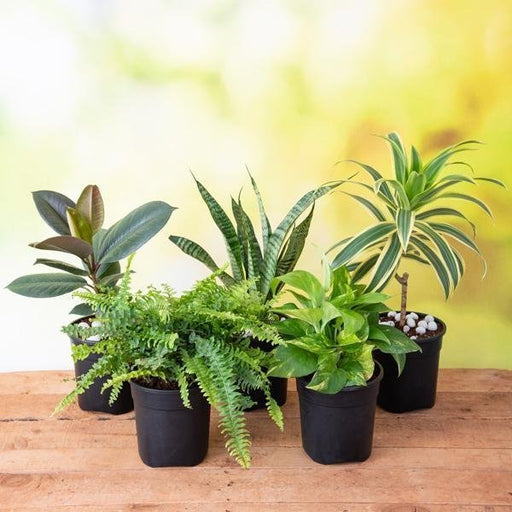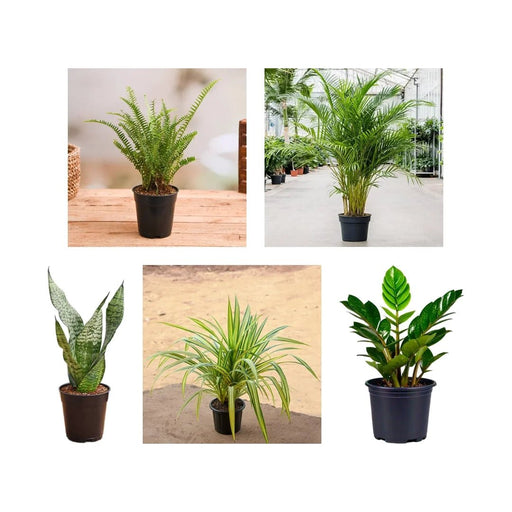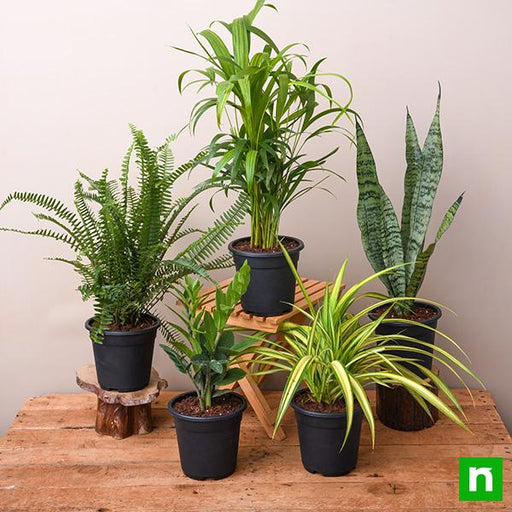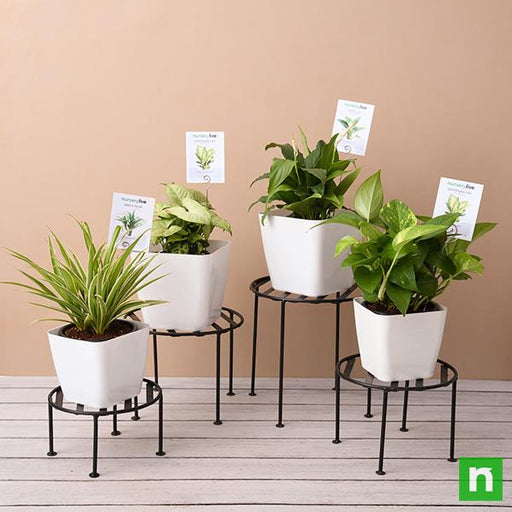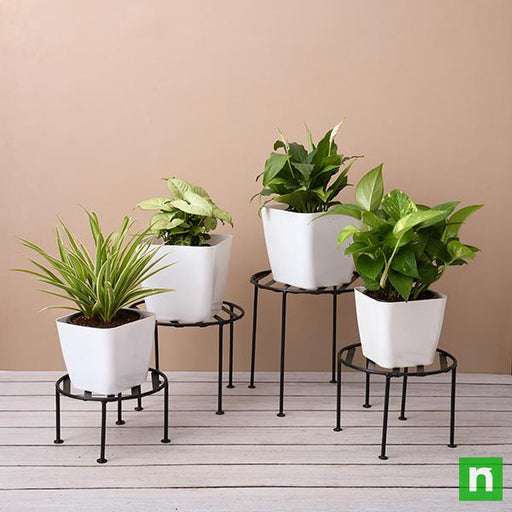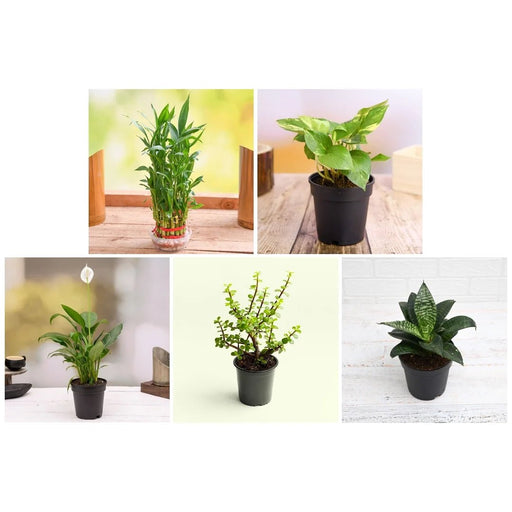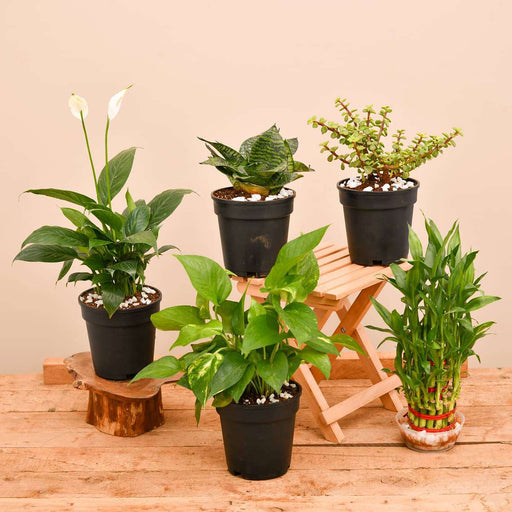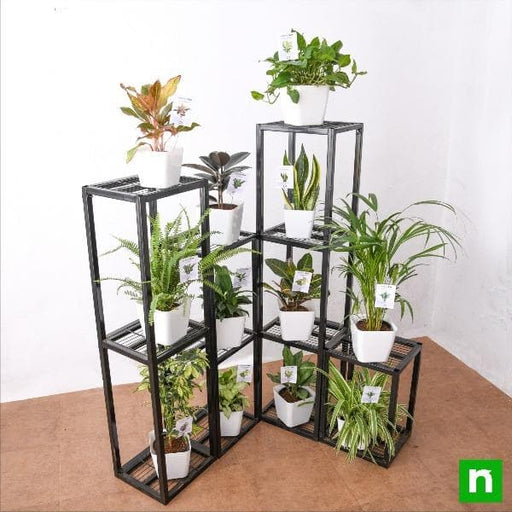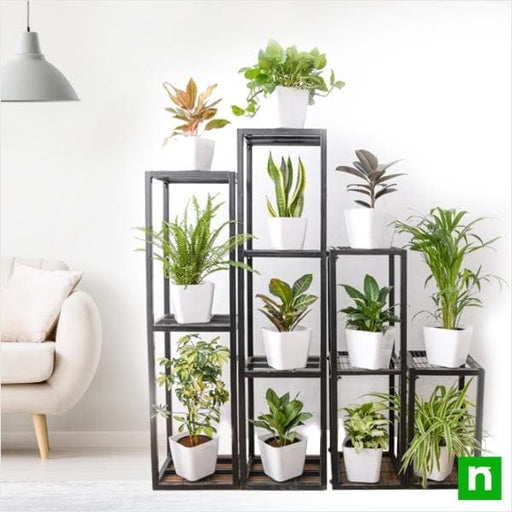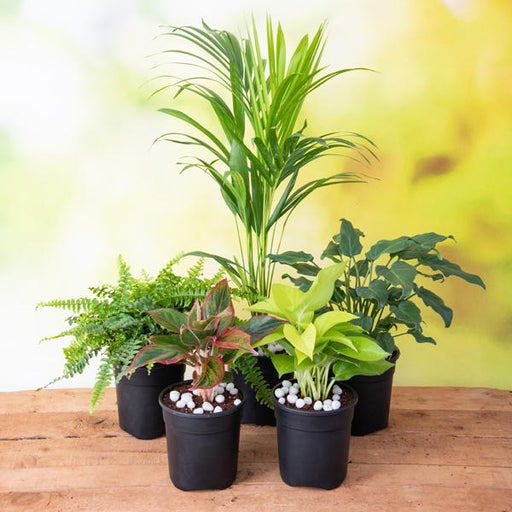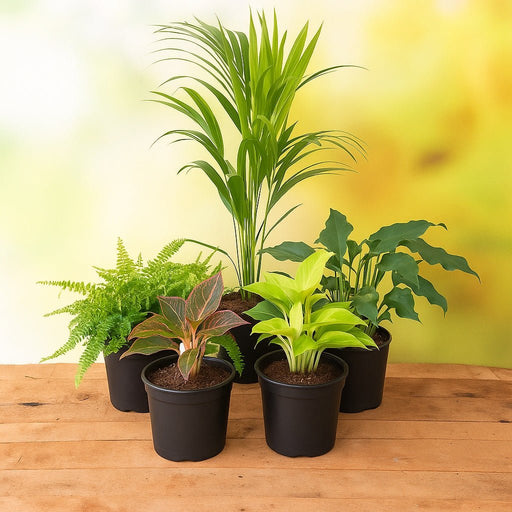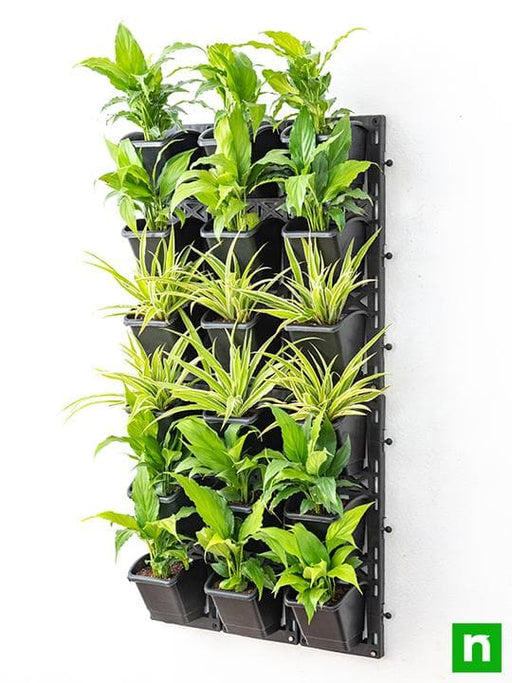Variegated Spider Plants
Variegated spider plants are a popular choice for their unique, striped foliage and ability to thrive in a variety of conditions. Understanding the different types of variegated spider plants and their features can help you choose the best one for your indoor garden needs.
Reverse Variegated Spider Plants
Reverse variegated spider plants are a stunning choice for their green foliage with white edges and ability to thrive in low light conditions. Understanding the different types of reverse variegated spider plants and their features can help you choose the best one for your indoor garden needs.
Curly Spider Plants
Curly spider plants are a unique and eye-catching choice for their curly leaves and ability to purify the air in your home. Understanding the different types of curly spider plants and their features can help you choose the best one for your indoor garden needs.
Solid Green Spider Plants
Solid green spider plants are a classic choice for their simple, yet elegant foliage and ability to thrive in a variety of conditions. Understanding the different types of solid green spider plants and their features can help you choose the best one for your indoor garden needs.
Bonnie Spider Plants
Bonnie spider plants are a popular choice for their compact size and ability to produce large numbers of plantlets. Understanding the different types of Bonnie spider plants and their features can help you choose the best one for your indoor garden needs.
Hawaiian Spider Plants
Hawaiian spider plants are a unique and stunning choice for their vibrant green and yellow foliage and ability to thrive in low light conditions. Understanding the different types of Hawaiian spider plants and their features can help you choose the best one for your indoor garden needs.
Ribbon Spider Plants
Ribbon spider plants are a delicate and elegant choice for their long, ribbon-like foliage and ability to thrive in a variety of conditions. Understanding the different types of ribbon spider plants and their features can help you choose the best one for your indoor garden needs.
Foliage Spider Plants
Foliage spider plants are a popular choice for their large, lush foliage and ability to thrive in a variety of conditions. Understanding the different types of foliage spider plants and their features can help you choose the best one for your indoor garden needs.
Golden Hahnii Spider Plants
Golden Hahnii spider plants are a unique and eye-catching choice for their compact size and vibrant yellow and green foliage. Understanding the different types of Golden Hahnii spider plants and their features can help you choose the best one for your indoor garden needs.
Striped Spider Plants
Striped spider plants are a popular choice for their unique, striped foliage and ability to thrive in a variety of conditions. Understanding the different types of striped spider plants and their features can help you choose the best one for your indoor garden needs.
Solid White Spider Plants
Solid white spider plants are a classic choice for their simple, yet elegant foliage and ability to thrive in a variety of conditions. Understanding the different types of solid white spider plants and their features can help you choose the best one for your indoor garden needs.
Vittatum Spider Plants
Vittatum spider plants are a popular choice for their compact size and ability to produce large numbers of plantlets. Understanding the different types of Vittatum spider plants and their features can help you choose the best one for your indoor garden needs.
Bonnie Curl Spider Plants
Bonnie curl spider plants are a unique and eye-catching choice for their curly foliage and ability to purify the air in your home. Understanding the different types of Bonnie curl spider plants and their features can help you choose the best one for your indoor garden needs.
Bonbon Spider Plants
Bonbon spider plants are a popular choice for their compact size and ability to produce large numbers of plantlets. Understanding the different types of Bonbon spider plants and their features can help you choose the best one for your indoor garden needs.
Variegated Reverse Spider Plants
Variegated reverse spider plants are a stunning choice for their green foliage with white edges and ability to thrive in low light conditions. Understanding the different types of variegated reverse spider plants and their features can help you choose the best one for your indoor garden needs.
Green Stripe Spider Plants
Green stripe spider plants are a classic choice for their simple, yet elegant foliage and ability to thrive in a variety of conditions. Understanding the different types of green stripe spider plants and their features can help you choose the best one for your indoor garden needs.
Lemon Spider Plants
Lemon spider plants are a unique and stunning choice for their vibrant green and yellow foliage and ability to thrive in low light conditions. Understanding the different types of lemon spider plants and their features can help you choose the best one for your indoor garden needs.
Golden Glow Spider Plants
Golden glow spider plants are a popular choice for their compact size and ability to produce large numbers of plantlets. Understanding the different types of golden glow spider plants and their features can help you choose the best one for your indoor garden needs.
White Flowering Spider Plants
White flowering spider plants are a delicate and elegant choice for their beautiful white flowers and ability to thrive in a variety of conditions. Understanding the different types of white flowering spider plants and their features can help you choose the best one for your indoor garden needs.
Solid Pink Spider Plants
Solid pink spider plants are a unique and eye-catching choice for their vibrant pink foliage and ability to thrive in a variety of conditions. Understanding the different types of solid pink spider plants and their features can help you choose the best one for your indoor garden needs.


